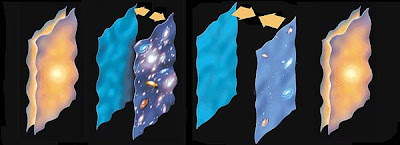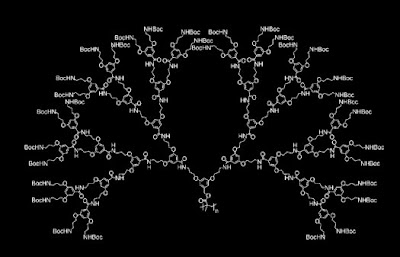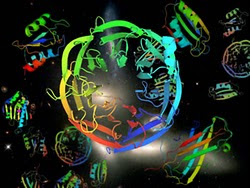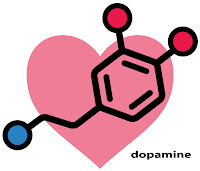Nobel Prize Chemistry 2011.
Crystals of golden proportions:
Daniel Shechtman received the 2011 Nobel Prize in Chemistry for his discovery of quasicrystals, perfectly ordered materials that never repeat themselves.
The Discovery of Quasicrystals:
The atoms in the crystal in front of Shechtman yielded a forbidden symmetry. It was just as impossible as a football – a sphere – made of only sixcornered polygons. Since then, mosaics with intriguing patterns and the golden ratio in mathematics and art have helped scientists to explain Shechtman’s bewildering observation.
Daniel Shechtman received the 2011 Nobel Prize in Chemistry for his discovery of quasicrystals, perfectly ordered materials that never repeat themselves.
 |
| The X-ray diffraction pattern reflects the atom positions in a crystal. "It's all about symmetry". |
The atoms in the crystal in front of Shechtman yielded a forbidden symmetry. It was just as impossible as a football – a sphere – made of only sixcornered polygons. Since then, mosaics with intriguing patterns and the golden ratio in mathematics and art have helped scientists to explain Shechtman’s bewildering observation.


















































